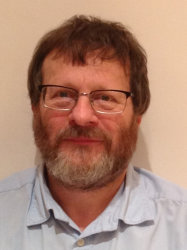BibTex format
@inproceedings{Debens:2019:10.3997/2214-4609.201900996,
author = {Debens, HA and Nangoo, T and Mancini, F and Shah, N and Warner, M and Umpleby, A and Aitchison, M},
doi = {10.3997/2214-4609.201900996},
title = {Penetrating below the diving waves with RWI, AWI, and FWI: A NWS Australia case study},
url = {http://dx.doi.org/10.3997/2214-4609.201900996},
year = {2019}
}

